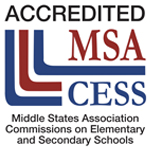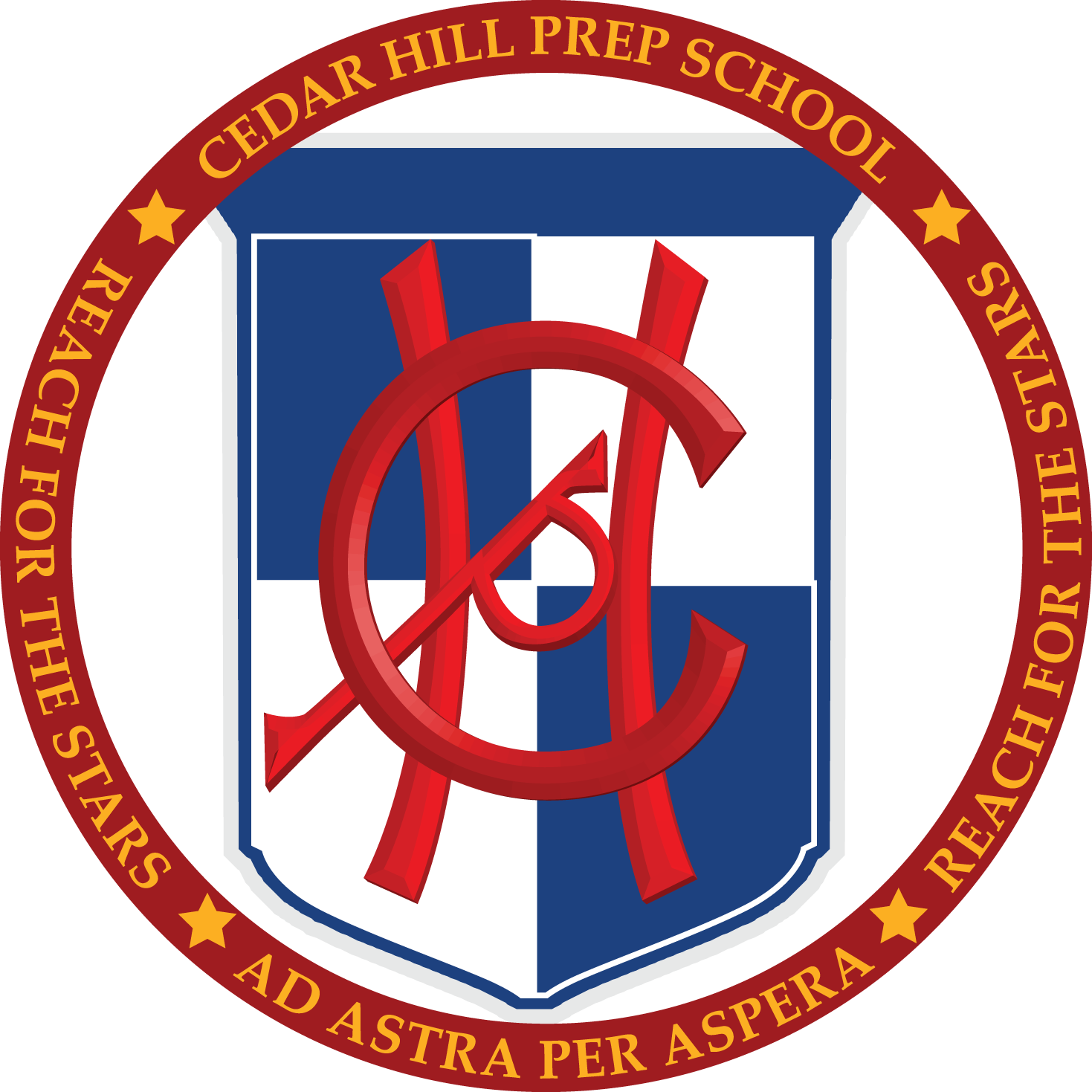Perhaps you’ve heard a thing or two about the “Common Core”; the set of standards adopted nationwide by legislators in order to create some kind of unifying educational standard for American students.
The Common Core sets a bar for skills that students are expected to acquire at each grade level and provides end-goals for learning at each step. However, it does not define how these goals should be achieved in the classroom, nor does it specify which materials must be used in order to achieve these goals.
Common Core | Lowering The Bar On Education
While this is a noble effort, there are several innate flaws in the system. Designing a one-size-fits-all curriculum of learning-based achievements fails to account for the fact that one size does not fit all. Every student is different and will require different support, time, and learning methods in order to achieve her personal learning goals.
With one sweeping standard for work, all students are measured by the same bar. Once again, this becomes problematic for students who are at an extreme end of the learning curve (either advanced or in need of extra support). By holding all students to a single average level, the Common Core only caters to average students. As we firmly believe that our students are human beings rather than statistics, we don’t think that they can be measured by such criteria.
Common Core | Private Schools Raise The Bar
Since private schools are not bound by state-wide curriculum requirements, the Common Core plays no role in the classroom experience. Because of this, a private institution is able to offer students precisely the type and pace of learning that they require.
Also, since students are tested before entry to our institution, we can ensure that the curriculum caters to each one’s individual learning needs, not a politically set standard. This means that not only will they be judged against their own progress rather than a collective group average, but also that they will be expected to learn at their own pace.
This optimizes a learning environment since no student will be bored in class having surpassed a state-mandated average that the instructor is attempting to catch others up to. Additionally, it creates an environment where self-betterment is more important than exceeding one’s peers.
Since each student is only in a race against himself, he is more likely to develop self-driven goals rather than require the affirmation and validation of others. This is a healthy attitude not only for classroom learning, but also life skills.
Common Core | Stronger, More Educated Students
Without the necessity to teach to a common core, instructors are free to design lessons that cater to their own strengths and the strengths of their students. This means that instructors can teach the things they are passionate about in ways that excite them.
This passion and excitement is infectious; unfettered by state standards, instructors are free in a private institution to share their own love for the subject matter in the fashion which is most comfortable to their teaching style. This encourages instructor creativity and out-of-the-box learning/teaching styles for an educational environment that is always fresh and exciting for students.
Within this framework of teaching freedom, there is still oversight and guidance from the head of the school, including review and adjustment of the curriculum every summer.
Just like clothing will always look better when individually tailored, learning standards will always work better when precisely fit to each learner. When working through a mandated Common Core, an institution is not free to make the necessary alterations to best better their students’ learning experiences.
What are your thoughts on the common core? Do you think it is helpful or harmful?





